Organization for health professions: Tools for situation analysis
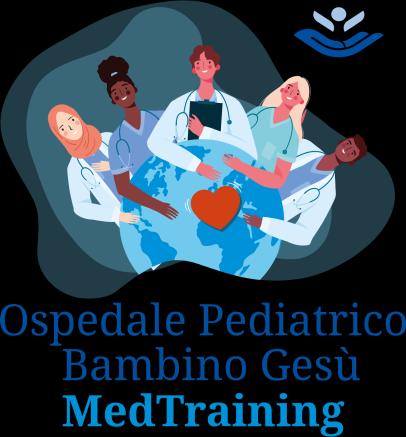

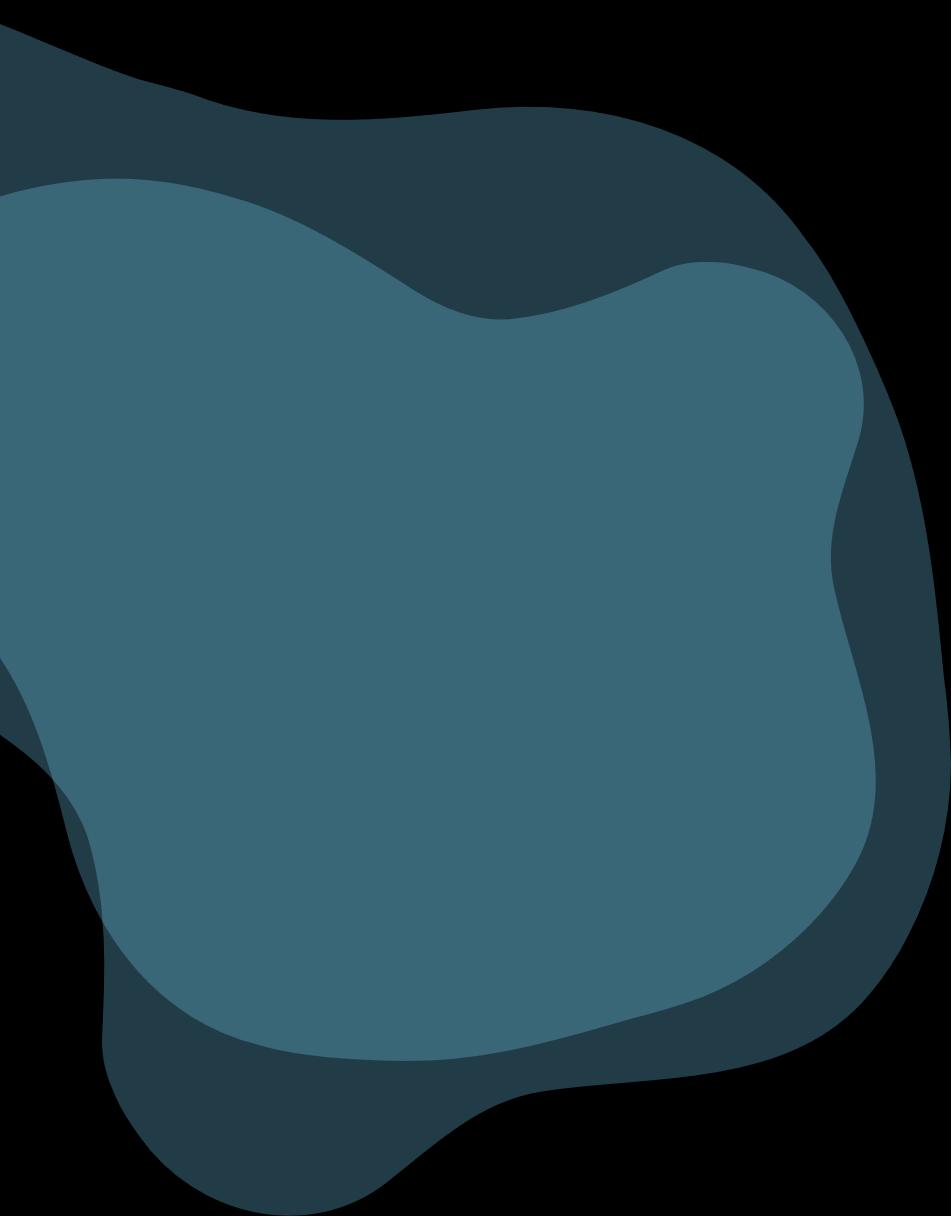

























Knowledge
• General

• Specific
• Related to the context: organizational process)
Skills
• Specific professional
• Cross-cutting: (relational)
Personal traits/ psycho-social resources
• Motivations
• Attitude at work
• Values
• Social representations
• Personal qualities
• Skills/interests
Organizational context
• Environment and organization
• Definition/ sharing of the expected behaviour and working conditions
Organization for health professions:
Tools for situation analysis



Individual skills
Effective actions and behaviours
Skills required by the position
Organizational environment




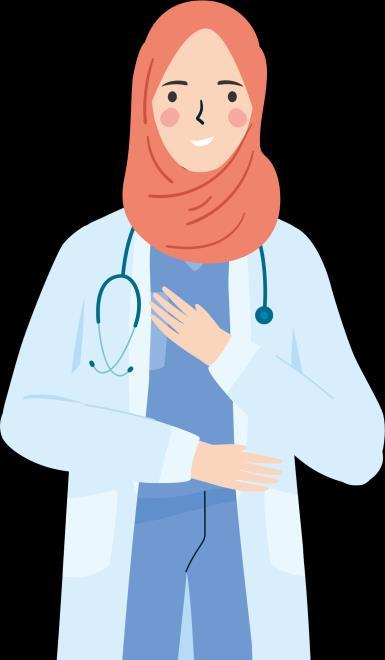



The traditional organization
• Is the sum of the activities and Organizational Units
• Promotes hierarchy
• Activities and development are oriented by the top management
• Change is linear, predictable and controllable
The organization that learns

• Integrates the activities into a system

• Relies on networks of autonomies and responsibilities
• Each element is in charge of learning and developing activities in coordination with the others
• Is equipped to deal with difficult situations
The traditional organization
• Do only what you are asked to
• Focus on the task
• Play the victim
• Give advice
• Tell the others what to do
• Complain about problems
• Look for answers from the top management
• Let things happen
The organization that learns

• Do what is necessary
• Focus on the result
• Face up to your responsibilities
• Make proposals
• Discuss and act
• Seek solutions to problems
• Come up with new ideas and solutions
• Start and guide events


























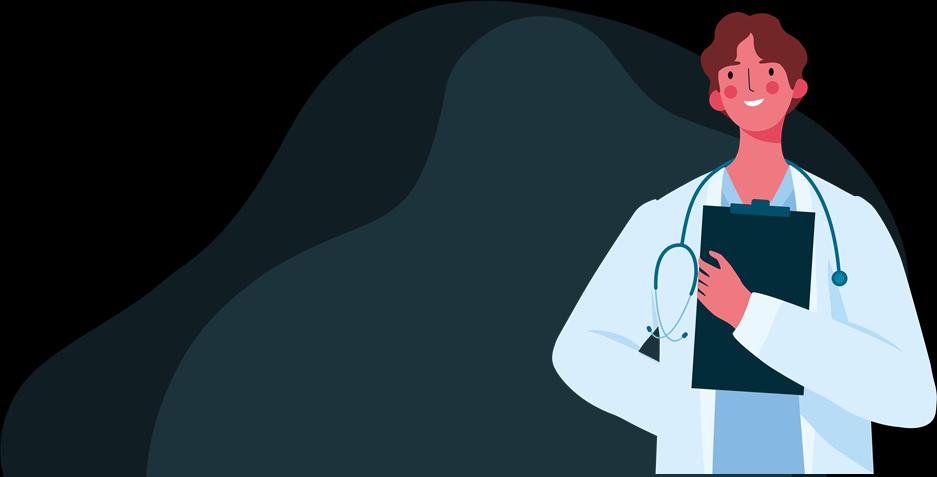











The relationships between the elements of the system are NOT linear and unidirectional; the final product is NEVER the predictable result of the algebraic sum of its elements


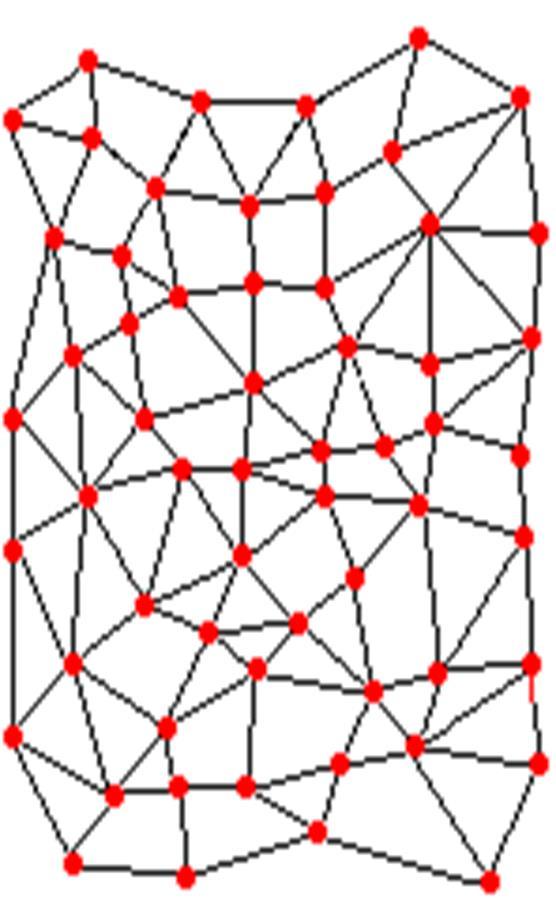










Homogeneity of interventions
Reorganization
Prevention Care Rehabilitation
Clinical medicine, even though effective and necessary, applies to treating the disease when it has already been diagnosed






Healthcare organizations look for new organizational models to optimize resources and put the patient at the centre, by planning a diagnostic and therapeutic pathway focused on individual clinical and care needs

High level of integration between social and healthcare services
Homogeneity of social and healthcare services

Cross-sectoral interventions
Continuity between care and rehabilitation activities
Implementation of integrated care pathways

The Hospital is no longer an isolated facility
For the user admitted to the Hospital
The Hospital is integrated into a network through a system link
For the user admitted to the Hospital
Continuity of care with the provision of adequate services in an economically sustainable context
For the user discharged from the Hospital














Contradiction:
• Expansion and increase of knowledge
• Fragmentation of competence
• Exaltation of specializations

• Social, territorial and professional mobility
Need:
• Adequate response to the healthcare needs of the population
• Multidisciplinary and multi-specialty approach




based on Cross-cutting
Chiusura


Integration of the different disciplines, professional skills and responsibilities
Collaborative

Integration
Organizational streamlining
Organizational streamlining


need for consistency and homogeneity in the administration of the different Operating Units
need for adaptation of the structure according to the situation changes
need to combine the efficiency objectives to the effectiveness objectives of the organizational processes

as the focus of healthcare production processes
Specialization and differentiation
need to preserve the independent development of specific skills within the organization
Organizational objectives


Clinical objectives
Strategic objectives

Economic objectives
Need for an organizational model that can respond in a suitable manner to the high complexity of the system, and reach the levels of appropriateness, efficiency and effectiveness required to ensure the Essential Levels of Care









Meet
Organizational effectiveness




